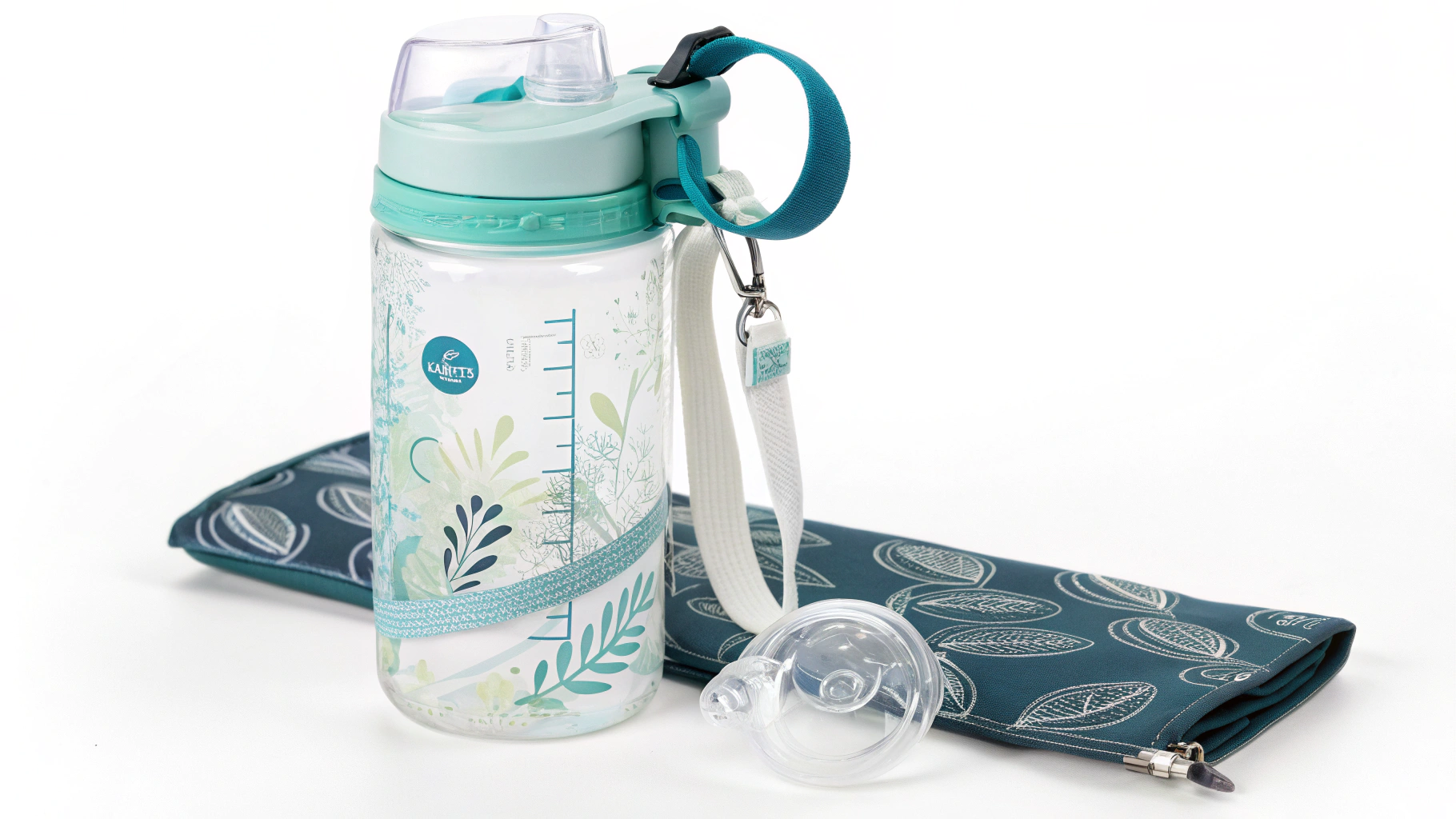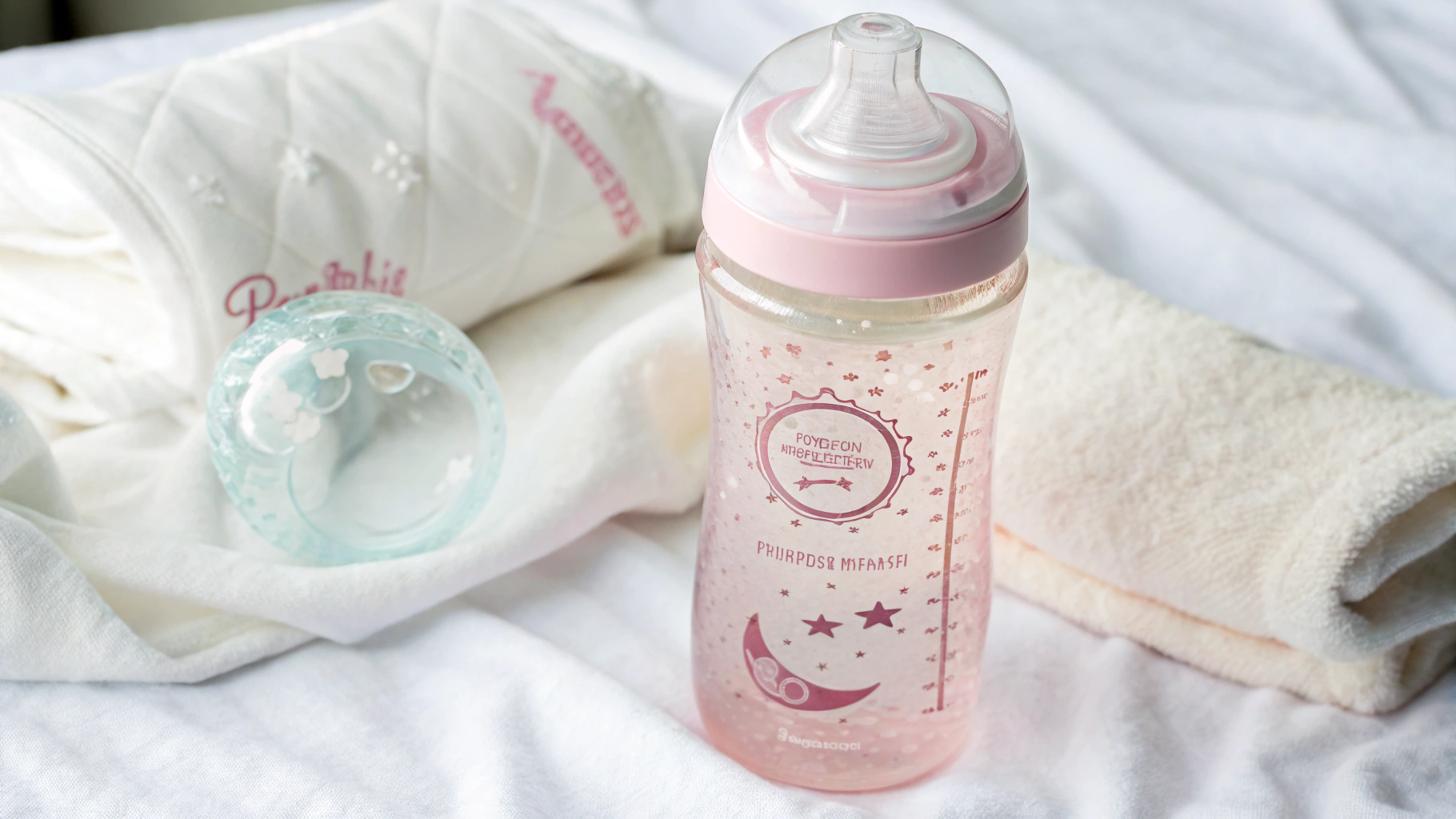Table of Contents
Let me take you back to a very real, very parched moment in my own pregnancy. Picture this: I was in the middle of my second trimester, juggling prenatal appointments, swollen feet, and a constant craving for anything citrus. But the one thing I couldn’t get right? Drinking enough water. I’d carry bottles around, leave them half-full, misplace them, and then wonder why I felt sluggish. That’s when I discovered that something as simple as the right pregnancy water bottle could change the game entirely. It sounds silly, right? A bottle? But trust me, when you’re growing a tiny human, the tools you surround yourself with really shape how you feel.
Why Staying Hydrated During Pregnancy Matters
You already know hydration matters — but during pregnancy, the stakes are higher. Your body is making extra blood, amniotic fluid, and supporting the placenta. That’s a lot of hidden “water work” happening inside of you. According to the American College of Obstetricians and Gynecologists, most pregnant people need about 8–12 cups of water each day (roughly 2.5–3 liters).
And sure, juice or herbal tea can help, but plain water does the heavy lifting for things like digestion, nutrient absorption, and even preventing headaches or dizziness. Not to mention, dehydration can trigger Braxton Hicks contractions or contribute to preterm labor risk (no thanks!). A dedicated bottle — especially one designed for pregnancy hydration — keeps you accountable without the mental math.
Why a Good Bottle Isn’t Just a Bottle
We’ve all grabbed a random old plastic bottle, only to realize hours later the water tastes kind of… stale. Or worse, you don’t drink any at all because it’s not fun or easy. Here’s where something like a pregnancy water bottle swoops in:
- Visual Reminders: Timed markings or motivational prints gently nudge you to sip throughout the day.
- Safe Materials: BPA-free, non-toxic, and often glass or stainless steel options mean you’re not ingesting microplastics along with your H2O.
- Practical Size: Big enough so you’re not constantly refilling, but not so big it feels like you’re lugging around a dumbbell.
- User-friendly design: Handles, straws, or spouts make it easier when your mobility feels limited.
Now, if you pair your go-to bottle with a clear water bottle, you also get the benefit of seeing your progress, which — if you’re anything like me — gamifies hydration. It’s oddly satisfying to watch the level drop throughout the day.
Key Features to Look for in a Pregnancy-Friendly Water Bottle
1. Material Safety First
Pregnancy isn’t the time to gamble on questionable plastics. Look for BPA-free and FDA-certified bottles. Glass and stainless steel rank higher for safety, while Tritan plastic is a lightweight compromise many moms swear by.
2. Ease of Cleaning
Between work, fatigue, and late-night bathroom trips, odds are your future self will thank you for choosing a bottle with a wide mouth or dishwasher-safe components. (Personal confession: I once left lemon slices in mine for three days. Never again.)
3. Leak-Proof & Portable
You don’t want spills in your hospital bag or diaper tote. Opt for a solid seal with a flip-lock system. Bonus points for bottles that fit into car cup holders — because yes, road trips to prenatal visits are A Thing.
4. Size & Tracking
Some bottles include hourly hydration marks (“8 AM… 9 AM…”). As silly as it seems, they help, especially on long workdays. Aim for capacities between 32–64 oz, depending on your lifestyle.
My Personal Top Picks

Here’s what worked for me — and moms I’ve coached:
1. Motivational Clear Time-Marker Bottle
- Pros: Budget-friendly, lightweight, and you see your daily progress.
- Cons: Usually plastic, so not the most eco-durable.
2. Stainless Steel Double-Wall Bottle
- Pros: Keeps water icy-cold for hours, safe and toxin-free.
- Cons: Can feel heavy once filled.
3. Glass Infuser Bottle
- Pros: Perfect if you’re into adding lemon, cucumber, or berries. No lingering plastic taste.
- Cons: Fragile, needs an added sleeve for safety.
My personal favorite? The glass version during the second trimester, when citrus-infused water was the only thing keeping nausea at bay.
Practical Tips for Using a Pregnancy Water Bottle
- Start Early in the Day: Chugging 20 oz before bed = endless bathroom trips. Start with a tall glass in the morning instead.
- Set Phone Alarms: Sometimes “Mom brain” kicks in, and you need a little ding to remind you.
- Infusions are Magic: A couple of mint leaves or sliced fruit make plain water feel luxurious without the sugar overload.
- Keep One in Every Zone: I had one in the car, one by the couch, and one near the bed. Zero excuses.
Budget-Friendly Hacks & DIY Ideas
- Can’t invest in a fancy pregnancy water bottle right now? Grab any safe reusable bottle and add your own time markers with washi tape or a Sharpie.
- Use a free hydration tracker app if visual reminders motivate you.
- If stainless options feel pricey, swap to a durable clear water bottle that’s still BPA-free — most cost under $20.
FAQ
Q1: Can I flavor my water during pregnancy?
Yes! Lemon, berries, ginger, or cucumber are safe (and soothing for nausea). Just clean the bottle daily to avoid bacterial growth.
Q2: How much water is “too much”?
Overhydration is rare, but drinking several liters in one sitting can throw off electrolytes. Spread intake evenly throughout the day.
Q3: Do I need a special “pregnancy” bottle?
Not strictly. But bottles marketed this way often include time markers or ergonomics designed to match your hydration needs.
Q4: What about postpartum?
Absolutely keep it! Nursing increases hydration needs, so you’ll use your bottle just as much (if not more).
Final Thoughts
Choosing a pregnancy water bottle may seem like a small step, but it’s one of those little upgrades that makes pregnancy smoother. Think of it as an assistant nudging you toward health — minus the lecture.
If you’re on the fence, start simple: grab a comfortable clear water bottle, add a slice of lemon, and see how much more energized you feel after a week of consistent hydration. You’ll not only notice fewer headaches and less fatigue but also a subtle daily confidence boost — because those small wins add up.
Pregnancy is full of changes you can’t control (hello, swollen ankles!), but water intake is one thing you can. And when the little one finally arrives, you’ll thank yourself for building that hydration habit early. So here’s to sipping smart, staying refreshed, and feeling just a little more in control of your journey. 💧
